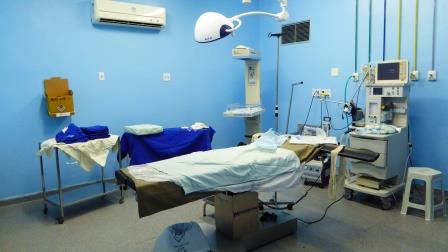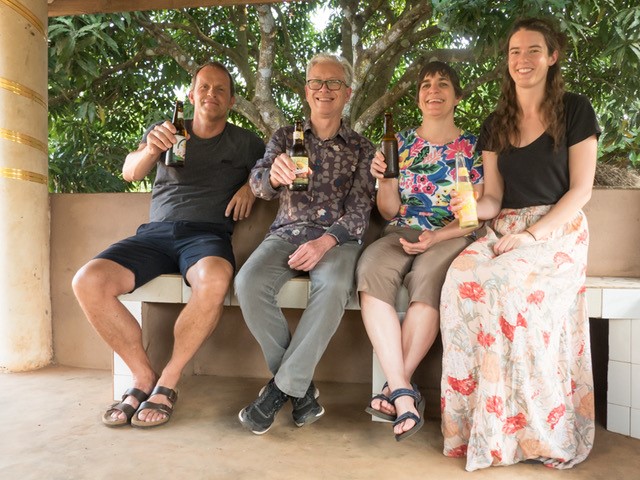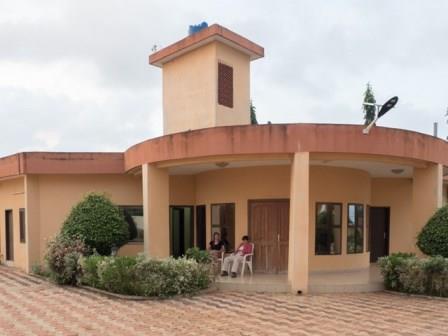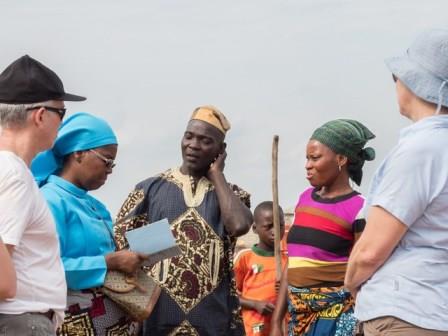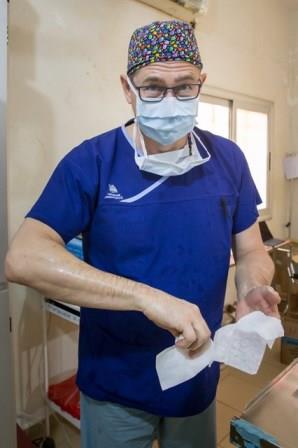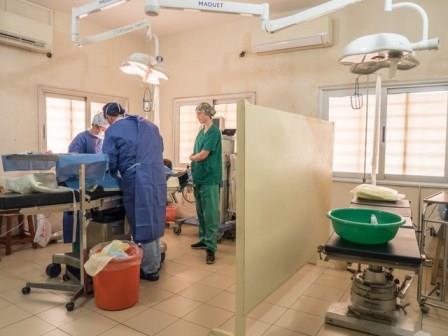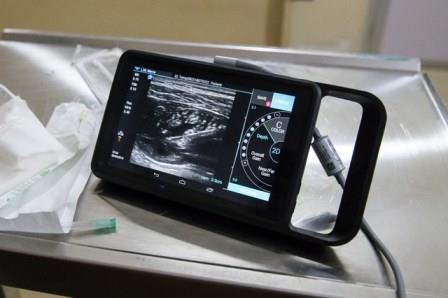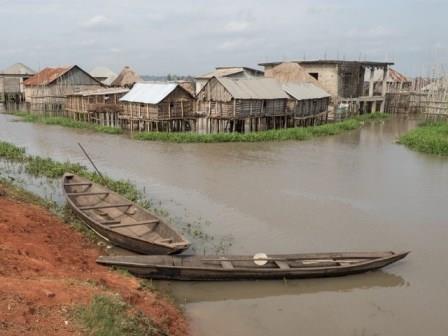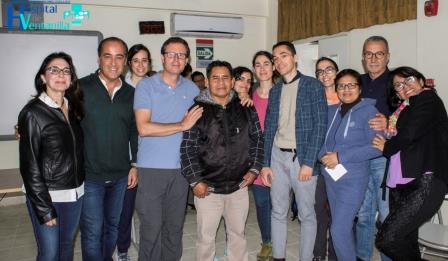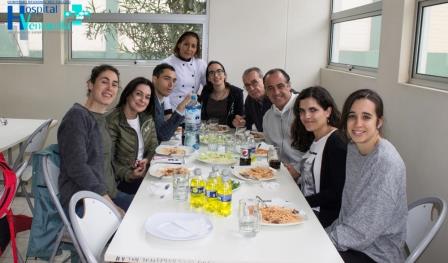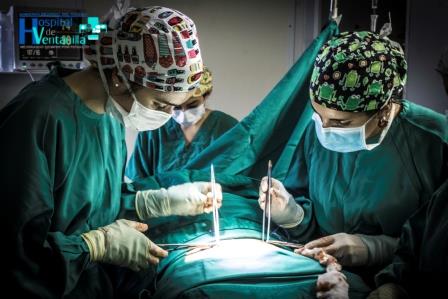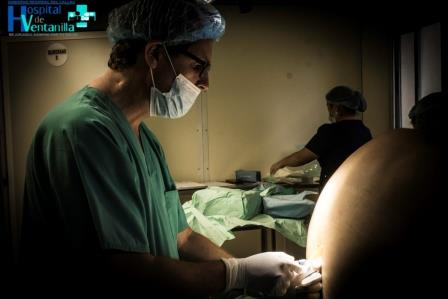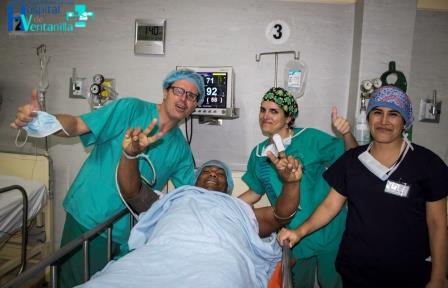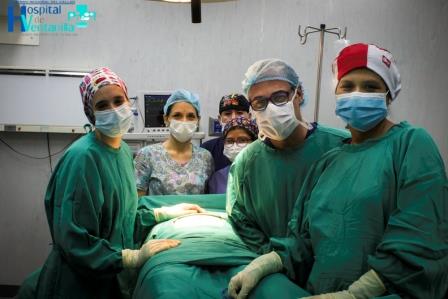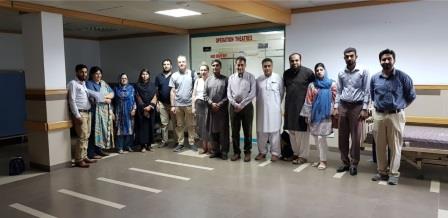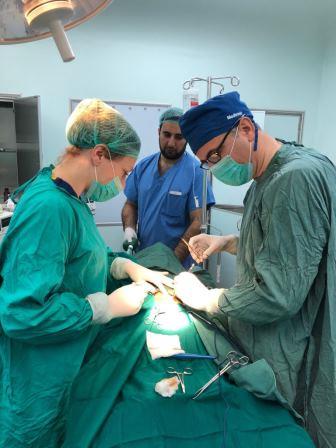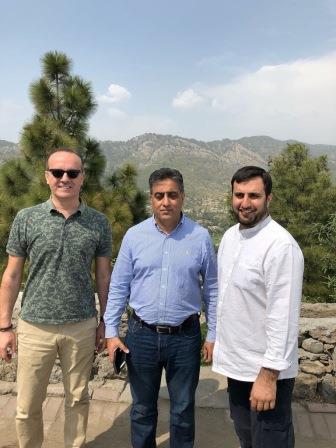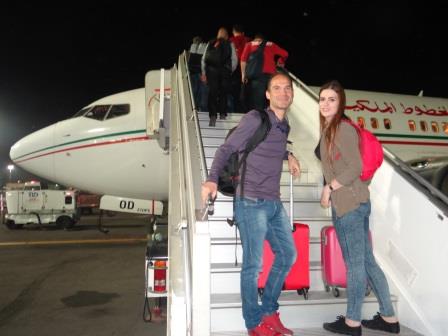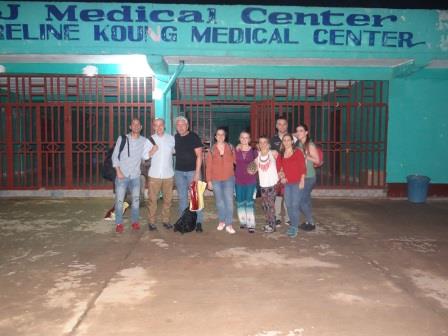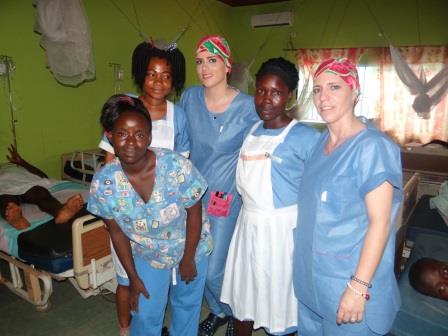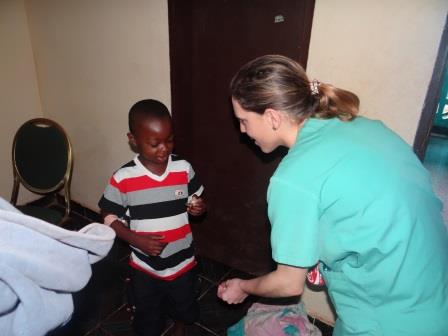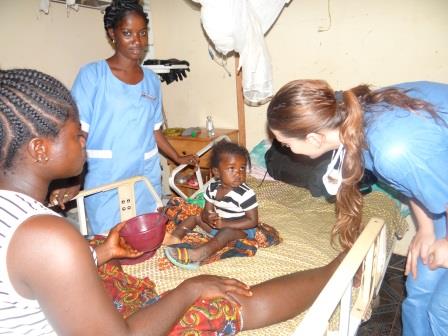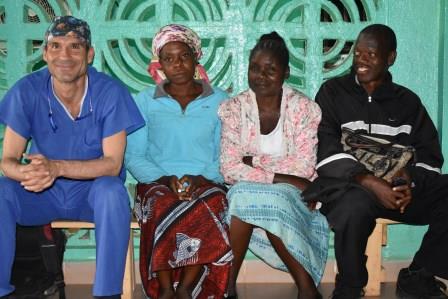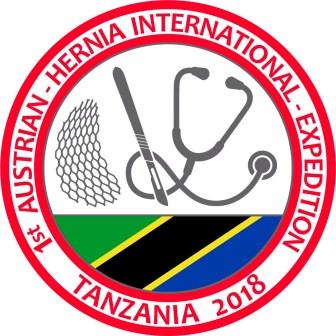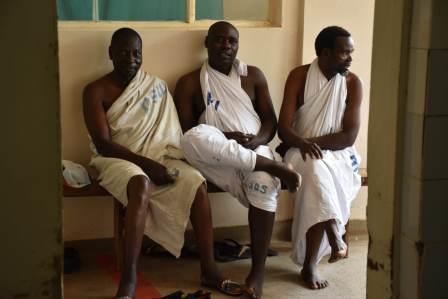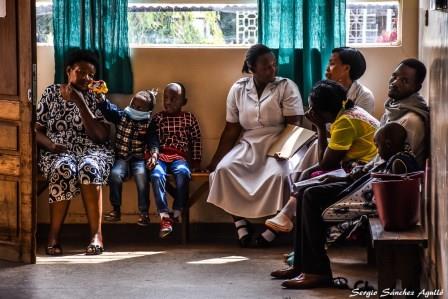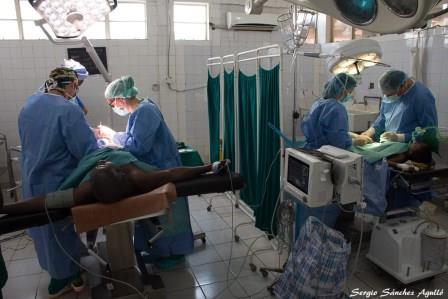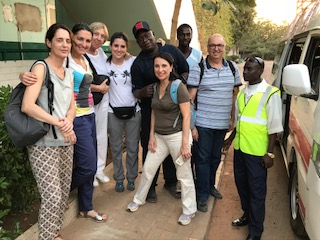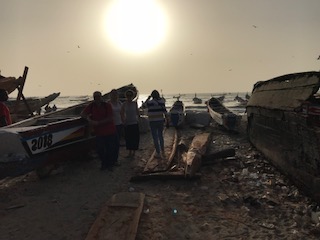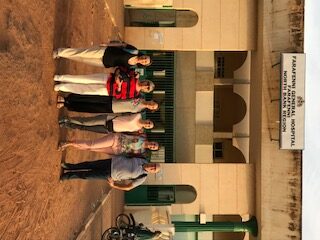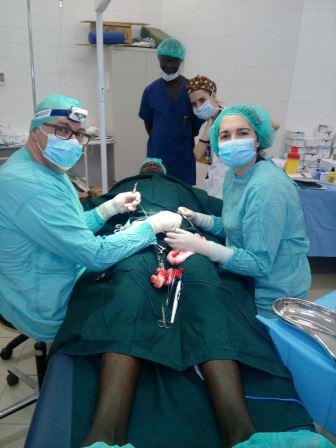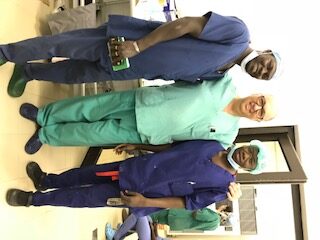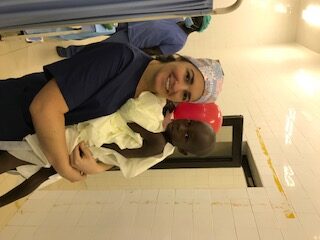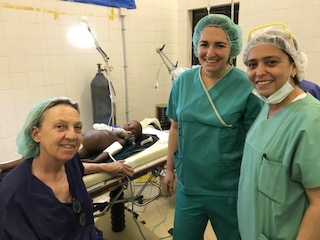KAMUTUR CAMPAIGN. BUKEDEA DISTRICT.
UGANDA. SEPTEMBER 2018
SURGEONS IN ACTION FOUNDATION
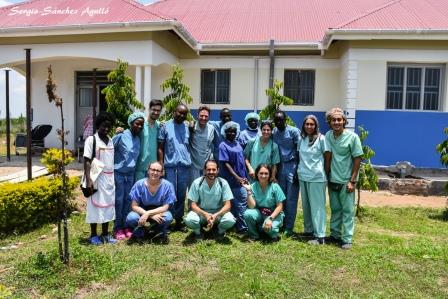
1. TECHNICAL REPORT:
a. DATES:
A team of 8 people: 3 general surgeons, one pediatric surgeon, one anesthesiologist, two surgical nurses and one professional photographer.
8 packages with a total of about 240kg of surgical material and medicines.
Departure from Madrid on Friday 9/14 at night and arrival in Madrid on Tuesday 9/25 in the morning.
Saturday 14th: Very long car ride from 9:30 am in a typical Ugandan taxivan from Entebbe, crossing Kampala, with a technical stop to pick up two oxygen bullets, which will travel all the way with us, until arriving at Kamutur, a village in a rural setting in the Bukedea district, at 19:30h in the evening. We crossed roads of all kinds, fortunately during the dry season, we enjoyed the Ugandan landscape, we stopped to eat typical chicken legs and fried livers on skewers, and we even had time to change a wheel for a blowout.
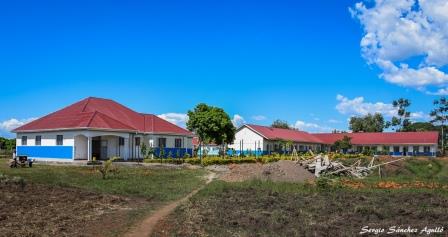
Sunday 15th to Friday 20th: Surgical interventions, from 8:00 am to 8:00 pm, in 2 simultaneous operating theaters.
b. ADULT PATIENTS:
95 procedures performed in 83 adults, 34 in women and 49 in men.
As a summary, it can be highlighted:
-36 inguinal hernias, 5 bilateral. Mosquito mesh provided by Hernia International and PLP meshes contributed by the volunteers have been used.
-2 infraumbilical laparotomies for two right ovarian masses resections, one 7cm and one 20cm, previously diagnosed by ultrasound provided by the patient.
-3 large incisional hernias with PLP retromuscular mesh (Rives)
-14 hydroceles, including 3 scrotal masses of doubtful diagnosis that required orchiectomy.
-1 breast tumor, quadrantectomy.
-30 soft tissue procedures, including keloid scars, some very complex, and several tumors up to 15cm in diameter.diámetro.
c. PEDIATRIC PATIENTS:
14 procedures were performed in pediatric patients, 7 in boys and 4 in girls, from 2 to 17 years of age.
Inguinal hernias: (raphias) 4 rights, 1 left. 3 of them associated with hydrocele.
Other procedures: 3 soft tissue tumors, 1 cord cyst, and 1 ganglion and 1 hydrocele.
It is important to point out that, even though we had a pediatric surgeon with us, and we advised it to the hospital with sufficient time, there has not been a recruitment campaign for pediatric patients, fearing that they were not finally operated. Unfortunately, in the two campaigns prior to ours it was not possible to operate on this type of patients, and that has meant that the influx has been very low. Hopefully, this trend will be broken as of our campaign, and a more constant pediatric care will be consolidated in the next ones.
Total procedures: 109
Total patients: 94, 56 men and 38 women.

d. COMPLICATIONS:
Until the time of leaving Kamutur on Friday evening, all patients were discharged on the same day or after a night of hospitalization, with no complications, except for patients with laparotomies or with drains after eventroplasties, which remained for up to 3 days, or patients with a long distance from the hospital, who stayed for up to two days. According to a subsequent report by Moses Aisia, head of the Hospital, and Dr. David Oikia, physician in charge, there have been no complications in any patient.
2. CAMPAING REPORT
a. THE PLACE
Uganda is a country in East Africa, bordering Kenya, South Sudan, Congo, Rwanda and Tanzania. It is an independent country, belonging to the Commonwealth, since 1962. It has had a very convulsive recent past, and currently maintains a relative socio-political calm, with a presidential regime led by Museweni, which has governed since 1986. It is divided into 111 districts and a capital city, Kampala. More than 80% of the population is Christian. Each woman has an average of more than 6 children. Life expectancy is estimated around 52 years. The district of Bukedea, where Kamutur is located, is a district with about 120,000 inhabitants, in a rural environment, and with 80% of its population below the poverty line.
The Holly Innocents Health Center (HIHC), is a private hospital center, created from nothing, thanks to the enormous work of Moses Aisia, a social worker, who began to build the center after a terrible personal story, and is getting basic health care to an entire region of the district. The entire project, which is fully structured and planned, will turn it into a Hospital with all the basic services, although at the present time there is still much work to be done and a large investment of money, personal and material resources is necessary. At present, it gives attention to gestation and delivery, it has a hospitalization area, laboratory with basic diagnostic tests, and a surgical pavilion in the process of construction, very advanced. Among the health personnel, hospital nurses, midwives and surgical nurses stand out, with a great capacity for work that we have been able to confirm, and a doctor paid for by the center itself, Dr. David Oikia, who carries out commendable work with scarce media, and who stays in the hospital from Wednesday to Sunday, alternating his activity with that of university professor in Mbale, in a government post, on Mondays and Tuesdays. Recently, the center has been certified as Level 4, which in the Ugandan health system corresponds to what we know, saving distances, such as Community Hospital.
The hospital center is clean and tidy, and our fundamental workplace, the surgical pavilion, although still unfinished, has allowed us to work in two operating theaters with enough fluidity, understanding the circumstances in which the surgical campaigns of our Foundation normally take place, quite far from European standards applied to an operating room. In any case, we have maintained a circuit of asepsia-antisepsia more than acceptable, using a pressure autoclave and organizing the instruments in small kits, helped with all the sterilized single-use material that we carry with us. Although we did not have surgical lighting, still without acquiring, we have been able to work with “alternative” lighting with sufficient security. We have organized a circuit for transferring patients from the hospitalization block to the operating room. We have enabled a pre-surgical waiting area and a postanesthetic recovery area with two beds inside the pavilion. We have been able to work with 3 local nurses very efficient and willing, to which we thank their great capacity and joy.
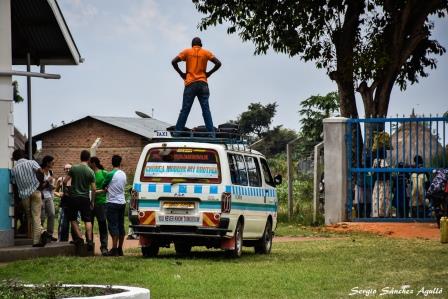
b. THE TEAM
On September 14th, Friday night, we started from Madrid a team of 8 people:
-Carlos de la Torre Ramos, pediatric surgeon,
-Rocío Fernández Sánchez, general surgeon,
-Ana Gay Fernández, general surgeon,
-Beatriz Revuelta Alonso, anesthesiologist,
-Nuria Agulló Marín, nurse,
-Gustavo Sánchez Bravo, nurse,
-Sergio Sánchez Agulló, photographer,
-David Fernández Luengas, general surgeon.

This campaign has been carried out by a team from the Surgeons in Action Foundation. This is the second campaign in the HIHC of the Foundation, after the first of a team held in December, still without having the surgical pavilion. In addition, in April there was a campaign of Hernia International, an organization that initially contacted the HIHC, but they had very poor results, for various reasons that it is not time to analyze, but differ a lot from what our team experienced. This location of the HIHC is likely to become one of the locations most valued by our organization, due to the enormous needs of the population, the great willingness of all the local hospital staff to collaborate and participate in the campaigns, and the improvement of the facilities projected or in the execution phase, very advanced taking into account how it is all in Africa.
Together with the medical team, this time a professional photographer participated in the campaign, with the aim of collecting audiovisual material to make a documentary film about this place, its reality, its needs, and the task that the Surgeons in Action Foundation has out here.
c. LOCAL STAFF
In the hospital there is only one doctor, Dr. David Oikia. For our work, we counted on 2 nurses in the operating room (Florence and Esther Norah), who did circulating work together with our nurses, and cleaning and sterilization. In addition, we work with two hospitalization nurses (Karoline and Emmanuel). In addition, two guards performed all the work of circulating patients. It is fair to acknowledge to all of them the enormous effort made and the joy with which they have shared the work with us. His deficiencies in surgical training have been replaced with his dedication and willingness to work. We were very pleased to note upon our arrival the cleanliness of the facilities, which we were able to verify how it was maintained day after day by the cleaning team.
It was very exciting the party-ceremony of welcome to the team, in the back garden of the hospital, where there were speeches, gifts, dinner … and many dances, in a demonstration of gratitude that we deeply appreciated.
Moses Aisia, director of the center, sets an example with an enormous capacity for work, and transmits that implication to all the staff. He is the real engine of the hospital, the one that deals with getting financing to finish the project, designed by him, and was always with us pending of anything that we needed.
We have lived in the hospital center, in 3 rooms with very basic resources.

d. EQUIPMENT
The hospital has very limited means. Focusing on the surgical pavilion, it is worth mentioning:
-The pavilion is unfinished, so it still can not be used at full capacity according to its projected structure. The exterior construction and the partition of the different rooms is finished. Only some rooms are paddled on floors and walls. There is still no running water and electricity. Therefore, there is no light of any kind installed yet.
– At present the projected operating rooms (3) are not yet operational, since the work is not finished. In this campaign we have used two rooms that are projected as offices when the pavillion will be finished. In those locations we have achieved the basic conditions to turn them into an operating room. In addition, we were able to use a large main room already finished as a warehouse and as a waiting room, another unfinished room as a sterilization room, and another room as a postanesthetic recovery room.
-With regard to the equipment:
Two electrocautery generators are available. One of the two, we were not able to make it work, and it’s going to be sent to repair. Instead we used one that we brought, happily. It is essential to carry both the adhesive grounding plates and the scalpel terminals, since there are practically none there.
They have just acquired an anesthesia machine, which is not yet operational because it is necessary for the company to send a technician to finish checking it and put it into operation, an appointment that is planned immediately, so that it is operative for the next team that goes to operate there.
Currently there are two complete oxygen bullets, which we ourselves collected from Kampala.
We have used an oxygen concentrator that we have transported from Spain, and that we have left there, thanks to the donation of the company Oximesa, managed by our pediatric surgeon Carlos de la Torre.
We have used a diesel engine por electric power that the hospital has, and that has worked correctly for the use of these equipment.
The light for the operating room has been provided by the frontal lights that we all carry from Spain, and which have been essential at some moments.
The two main actions to be carried out in the pavilion, well known by Moses, are the electrical installation, through solar panels, and the piped water.
Regarding the surgical instruments, there is a basic reserve of surgical instruments in the hospital, but we have taken surgical instruments to make about 6 basic kits, which have allowed us to work with fluidity, supported by the cleaning and sterilization in the autoclave by the local nurses.
Regarding fungible material and surgical clothing, the needs are enormous.
We have used much of the material we have worn, including gauze, compresses, gloves, dressings, disposable sterile drapes, sterile disposable gowns, iv anesthetic medication, IV antibiotics for prophylaxis, mosquito mesh and antiseptics for surgical scrubbing, among other things. Without this material, to propose a campaign of these characteristics to this place is impossible. The next teams must bear in mind the need to provide all this material.
e. ANESTHESIA, ASEPSIA AND SURGICAL EQUPMENT
All adult patients have undergone surgery under spinal anesthesia, supported according to the cases with more or less deep sedation. In soft tissue tumors, as a general rule, local anesthesia has been performed with sedation.
In children, surgical procedures have been performed by general anesthesia in spontaneous ventilation, with the oxygen concentrator, and no doubt thanks to the experience and professionalism of our anesthesiologist.
We have transported all the necessary medication from Spain. There we found a small assortment of medicines from other previous missions, or acquired by the hospital, but, without a doubt, it is very important that any campaign that is organized, at least for now, has the need to ensure its own anesthetic medication.
Basically, they have a “sterilization” room where they keep the packages with the sterile material, and where an autoclave of type “express pot” is put on a wood fire, with a pressure gauge. The system itself is rudimentary, but effective to achieve sterilization of the material.
Surgical clothing is very scarce, with few cotton cloths. We use a large amount of disposable cloths that we carry from Spain, as well as disposable gowns.
All of our adult patients with mesh implants receive a dose of cefazolin 2g iv in the anesthetic induction, which we have taken.
Regarding the surgical material, the situation is equally bad, as it corresponds to the type of hospital it is. We carried a lot of material that is essential that other missions also carry, from gauzes and compresses to sterile gloves, drains, dressings, steri-streaps, sutures, elastic bandages, etc.
Of course, there are no meshes for performing hernioplasty. We have taken a large quantity of meshes “mosquito”, sterilized thanks to the work of Hernia International, which sterilizes, packages and labels individually, and from here we take this opportunity to thank. In addition, we have taken some polypropylene meshes with a larger surface area and some double-layer mesh to ensure a special need that has not been met.
The surgical instruments are very scarce. We have used our own instruments divided into small kits.
f. OUR LIFE AT KAMUTUR
The alarm clock sounds at 7:00 a.m. It’s time to get up, take a big bucket and go to the hospital well, in the middle of the central square to fill it with water. There is a lot of hustle and bustle at that time, and you always find a child in the well who gladly applies it to the crank of the well to fill the bucket. Then you have to go through the kitchens to add enough hot water, to your taste, and approach our “shower”: a stay with walls of approx. 1,5m high, outdoors, where we could improve the technique of the “shower cube”. The mornings are fresh, about 20º max. After (or before, according to tastes and needs) we enjoyed a wonderful communal latrine, which I do not intend to describe here, but which is far from what any of us understands as a bathroom.
All meals were made in a nice covered terrace, with a menu basically the same every day, clean, cooked there, and enough to feed, without great difficulties. Practically all the members of the team have suffered, to a greater or lesser extent, a gastrointestinal disorder, which in no case has been serious, nor has it prevented our daily work. If anything, it has deepened our knowledge about the operation, cleaning schedules and presence of native fauna in communal latrines.
Our life in this place has been very simple. We have always felt very well treated and very accompanied. Apart from the hospital life, which occupied a large part of the day, our social life was limited to conversations around the table. Especially at night, when, after dinner, we enjoyed one (or two) wonderful bottles (75cl) of Nile beer, some days even something “cold”, with an entertaining conversation. Some confessions about anecdotes of our lives that I will never reveal will remain for the secret of our team.
Our rooms, one for the 3 boys, one for the three girls, and one for Nuria and me, were quite basic, with the beds as only furniture, but clean and comfortable enough to spend a week. There is a bathroom with shower-sink and toilet bowl finished, but still without pipe water, so it is useless, for now.
We have paid $ 70 each for the room and the food, for the whole week. .
Communication with the outside world can only be done through the Ugandan telephone network, through SMS or international tariff calls.kits.
The concept “tourism” is very far from this place. Kamutur is in the middle of nowhere, in a rural environment where families still live in traditional huts in the countryside, without any basic services, and dedicated to a subsistence economy based on agriculture and livestock. There is a primary school, which we were able to visit, that serves the children of this community, with very basic resources.
Regarding the rest of the country, we have been able to complete an in-depth learning about the road network and the landscape of a large part of its territory, since we have made some 1600km in less than 3 days, in a taxi-van whose amenities I will not describe, to visit, at the end of the trip, the famous Bwindi Imprenetrable Forest, and its no less famous mountain gorillas. An unrepeatable experience, in every way.
CONCLUSION
In short, we consider that this campaign has been a success, both for the number of patients we have been able to operate, without complications, and for the satisfaction of the team for the great deal received by the authorities and local staff. Moreover, if possible, after the bad experience of the previous team of Hernia International that was in April. This report aims to serve to demonstrate that, with obvious improvements that need to be undertaken by the hospital management, it is perfectly feasible to carry out surgical campaigns safely in this center.
I believe that this place should be an important work goal for our organization. There is a lot to do, and the people here are eager to receive help.
Strengths of this place:
– Moses Aisia, true engine of the hospital. His ability to start, from nothing, this center, is incredible.
– The hospital itself, a true center of hope for this place, with a very needy population, immersed in poverty.
– The treatment we have received and the willingness of the staff to work with us.
Improvement objectives:
– Complete the surgical pavilion. This task is fundamental, and should be carried out as soon as possible. Includes complete work, equipment, and communication corridors with the rest of the hospital. In addition, as planned, it is convenient to carry out the surgical hospitalization building next to the pavilion.
– Medical material: To date, any campaign must have the need, already explained, to carry with it necessary medical material. It would be highly advisable to progress in supplying the hospital with this material, by the center’s management.
– Hosting of team members. A space must be adapted for the correct rest and basic hygiene.
Budget: For information purposes, and without going into too much detail, it must be said that the campaign in Kamutur is more affordable for the surgical team than other locations. This is due to two fundamental reasons. One, the cost of the flight, not especially expensive. The other, the costs of accommodation and maintenance, which have been almost non-existent ($ 70 for the entire 6-day stay), in addition to road transport, about $ 450 round-trip all the equipment. In the budget has not accounted for the cost of all the material we have contributed, in total about 240kg.
COST (ONE PERSON): Aprox. 900€
TOTAL COST: Aprox5.600€
Fdo: David Fernández Luengas
Campaign leader
Surgeons in Action



